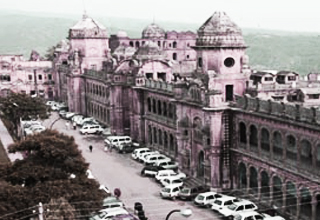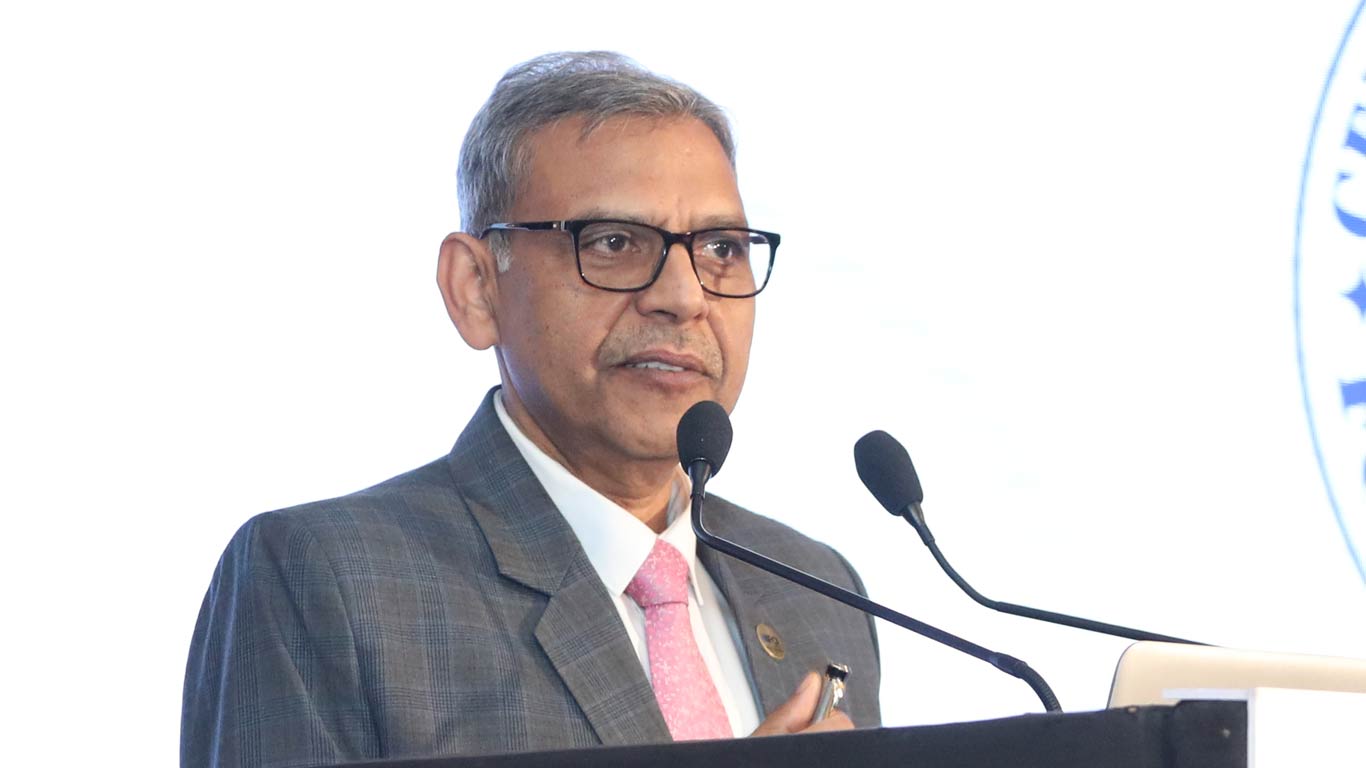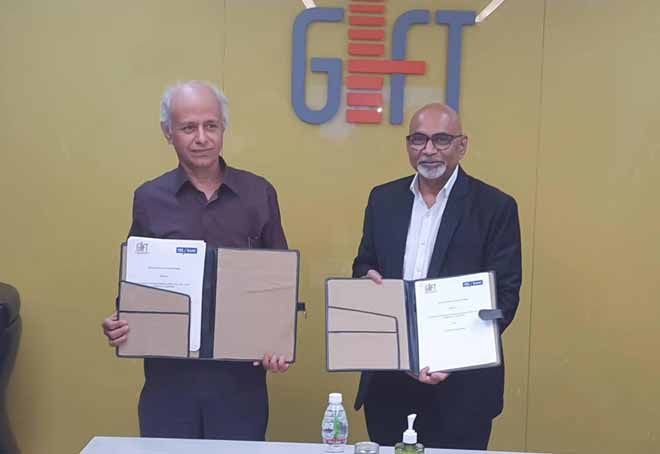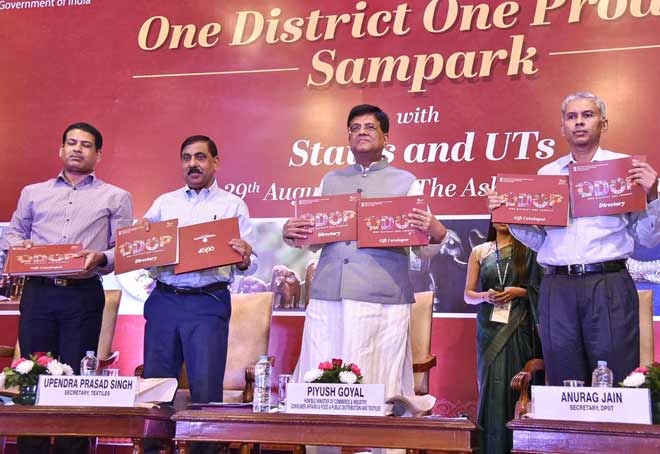Rs 40 cr ropeway project between Mubarak Mandi Complex & Bagh-e-Bahu in Jammu
Updated: Mar 31, 2014 12:06:56pm

According to the State Tourism and Culture Ministry, the 13th Finance Commission has recommended funds for restoration of the heritage complex. Accordingly, four buildings have been identified and the project has been submitted to the government after getting it cleared by the state level monitoring committee.
The plans if executed properly would ensure a promising future for this complex as some of the structures could not only be restored but also put to adaptive use thereby providing avenues for raising revenue for sustainable operation and maintenance. Discussions are being made in the interest of establishment of Heritage Hotels to promote tourism along maintenance backed by a strong revenue generation model. The final decision is yet to be taken.
The grand complex of dilapidated medieval buildings, the Mubarak Mandi complex is a palace situated in the oldest part of the city of Jammu. The palace comprises of multiple elegant and exquisite buildings of architectural excellence. The architecture of the palace is borrowed from European Baroque, Mughal and Rajasthani styles, bringing forth a unique blend of different cultures. The oldest structure is believed to be built in the early 1800s. The palace was the royal residence of rulers of the Dogra Dynasty. Located strategically, the palace stands tall having a commanding view of the river Tawi.
The complex is composed of a group of structures around a courtyard. The buildings grew in number with successive Dogra rulers. The palace is believed to be the main seat of the Dogras until 1925. The galleries might have been used for royal functions and events. With the passage of time, the complex became a full-fledged Royal Secretariat. In recent times the complex was being used as a place for government offices including the High Court, Public Service Commission, among other departments. Now the offices have been relocated and the authorities have started renovation work.
Presently, one of its sections known as the Pink Hall houses the Dogra Art Museum where priceless artefacts and scriptures have been displayed including the gold painted bow of Emperor Shah Jahan. Despite the dilapidated state of the whole complex, the grandeur and larger than life image still captivates the onlookers.
With the ever increasing demand and the growing voices, efforts are being made to conserve the archaeological and cultural heritage of these monuments with special emphasis on preservation of the Mubarak Mandi Heritage complex. The conservation and renovation work has now been started to restore the past glory of the complex and to bring the complex back to its original architectural form.
Located within the densely populated part of the city, this fragile complex is faced with problem. Besides, pollution too is taking its toll thus further damaging the heritage structure. (KNN/PIB)











